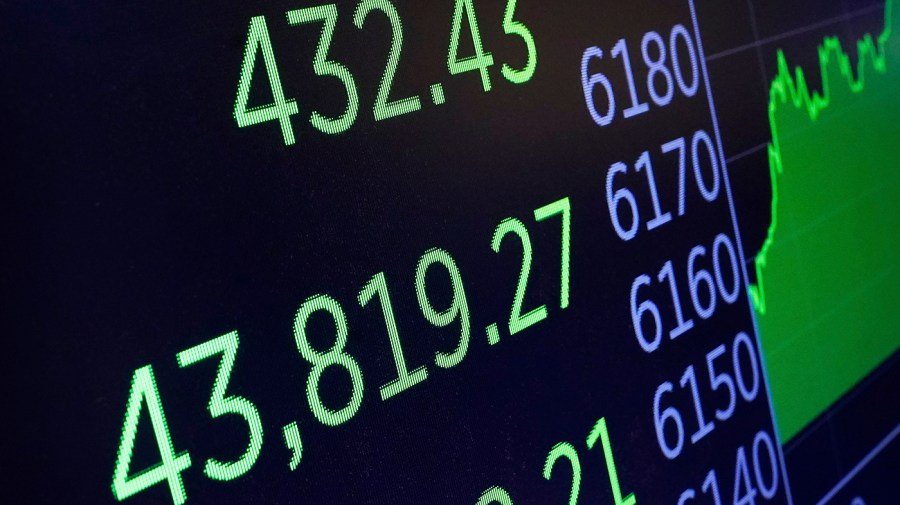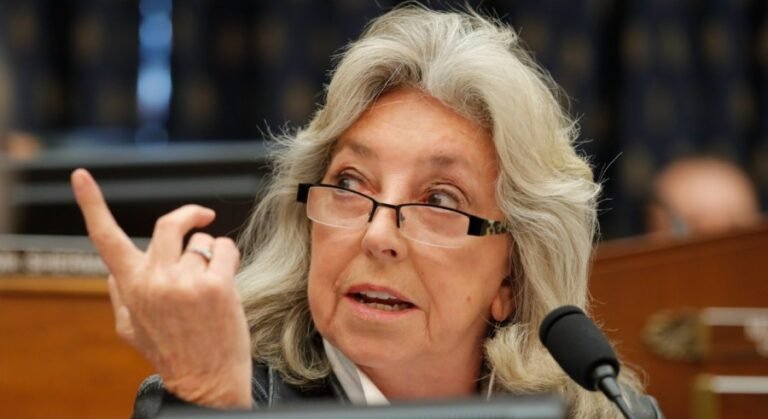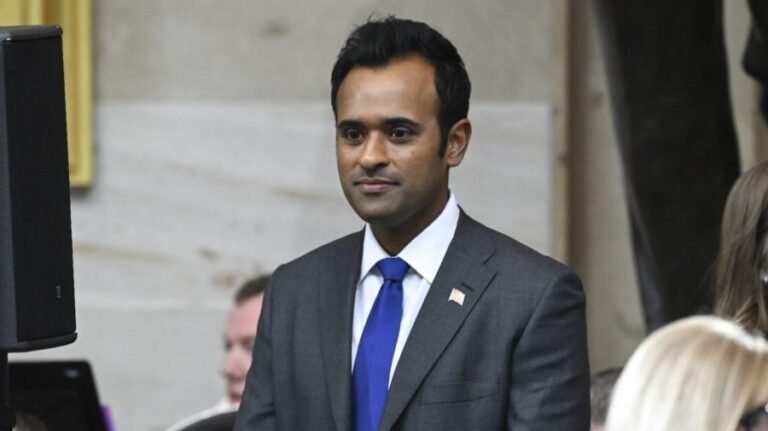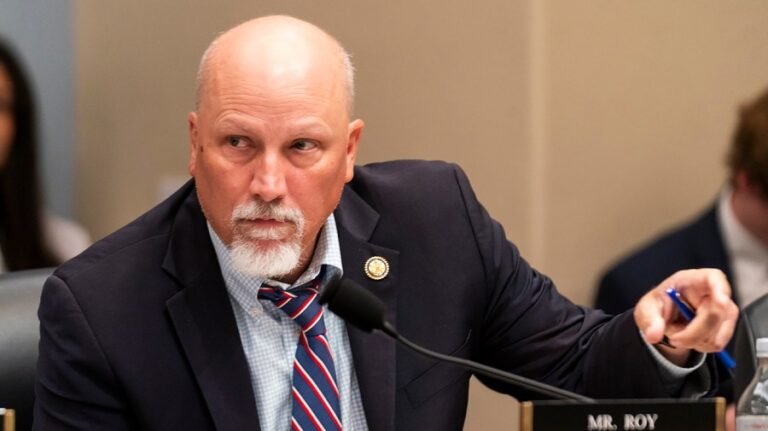
U.S. stocks have come roaring back after cratering at the onset of President Trump’s trade war, with the S&P 500 index hitting a record high last week following a new agreement with the United Kingdom and the loose confirmation of a broadly defined deal between the U.S. and China.
While stock markets are in the black again, formal legal text of the China deal has yet to be released and businesses are bracing for the dozens of country-specific trade deals that are still being worked out.
Those include prospective deals with a group of “key 18” countries, as designated by Treasury Secretary Scott Bessent. While the White House is pursuing deals on a country-by-country basis following the April 2 launch of novel “reciprocal” tariffs, deals could also be combined into regional agreements.
Trade experts are emphasizing caution amid a negotiation process that has been marked by rapid-fire announcements and reversals.
“If there’s anything that I would have observed since April 2 and earlier in the year, it’s that the situation changes very quickly and on very short time horizons,” Willy Shih, a professor of business operations at the Harvard Business School, told The Hill on Monday.
“It looks like a China deal and maybe some of these other ones are coming in for a landing, but you never know,” he said.
How are negotiations going?
Bessent said last week he’s eyeing initial deals with about a dozen of the “key 18” U.S. trading partners before Labor Day, citing Commerce Secretary Howard Lutnick.
“He expects 10 more deals. If we can ink 10 or 12 of the important 18 — or there are another important 20 relationships — then I think we could have trade wrapped up by Labor Day,” he said.
Bessent said negotiations are favoring the U.S.
“Whether it’s at Treasury, at USTR, at Commerce — people who’ve been around for 20 years are in amazement, and they’re saying that countries are coming with offers that they can’t believe.”
“All these countries are pulling back,” he added.
However, trade experts say there’s a lot more pushback happening at the negotiating table than the administration is admitting.
“Countries are not cooperating in ways that I think the administration wanted them to cooperate,” Bill Reinsch, head of the international business program at the Center for Strategic and International Studies (CSIS), told The Hill.
“The Japanese and the Koreans have come in and wanted exemptions from some of the tariffs – from steel and aluminum tariffs, from automobile tariffs. The Koreans wanted exemptions from all of the tariffs … They’re insisting on it and as of last week anyway, hadn’t conceded on those points,” he added.
The U.S. auto industry was not happy about the U.S.-U.K. trade deal. The Big 3 U.S. automakers sounded happier in a May statement about pricing in the pre-existing U.S.-Mexico-Canada trade agreement than they did about the Trump deal.
“We are disappointed that the administration prioritized the U.K. ahead of our North American partners. Under this deal, it will now be cheaper to import a U.K. vehicle with very little U.S. content than a USMCA-compliant vehicle from Mexico or Canada that is half American parts,” they companies said.
Are tariff rate quotas coming back in a big way?
Trump’s U.K. trade deal brought back tariff rate quotas, a regulation that has fallen by the wayside in the big multilateral trade deals of decades past.
Tariff rate quotas change the level of the tariffs depending on the volume of imports and can affect costs and prices through production volumes.
The U.K. deal ordered that the first 100,000 U.K. vehicles imported into the U.S. each year will be subject to a tariff of 10 percent while additional vehicles will get a 25-percent tariff under Section 232, which is a national security-related tariff.
Tariff rate quotas can add major complexity for firms. They can require different companies from a single country to coordinate to figure out whose vehicles are going to be imported at the lower tariff rate before they hit the quota and higher rates are then applied.
“That’s one way you can get to an agreement relatively easily … after you hit a certain ceiling the tariff goes back up,” Shih said. “We might see more of those kinds of things.”
“If you have to negotiate these things one by one, it’s a lot of work. That’s why you have broader trade agreements,” he added.
Tariff rate quotas on steel could be a part of a forthcoming U.S.-Mexico trade agreement, one source told The Hill.
‘There will be a victim’
Different negotiating styles and political incentives for Trump and various world leaders are another important dimension of the ongoing negotiations that trade experts believe could show up in the final commercial deals.
Trump is more of a top-down negotiator who likes the broad strokes of a deal to be worked ahead of the fine print.
On the other hand, Xi Jinping of China, for one example, is more bottom-up, preferring that everything is tied up before a political victory is claimed.
Trump’s well-branded salesmanship got a dent from the so-called “TACO” trade criticism on Wall Street, an acronym coined by Financial Times columnist Robert Armstrong that stands for “Trump Always Chickens Out.”
The president showed some sensitivity to the term last month, telling a reporter who asked about it that it was a “nasty question.”
Analysts think that a display of strength is in the cards from Trump, and that it could fall on one or several countries.
“He’s thinking he needs to show he’s tough, so there will be a victim. Maybe there will be several victims,” Reinsch said. “He’ll go after somebody — maybe Vietnam. We have a really large deficit with them now … The Vietnamese have offered a number of concessions, but I don’t think if they’re good enough for the Americans.”
Businesses are nervous about tariffs
Despite the brightness in financial markets, American producers are still very nervous about tariffs, as reflected in recent surveys and anecdotal data.
In Texas, the economic outlook “generally deteriorated” and “tariff uncertainty was making it hard for business to plan for the future,” the Federal Reserve’s latest anecdotal survey indicates.
Perceptions of business conditions in the Dallas Fed’s manufacturing survey got worse in June.
The central bank branch’s uncertainty benchmark rose three points to an index level of 15.2.
Staffing professionals told the Fed in May that hiring is being delayed across industries due to uncertainty around tariffs.
Tariffs and cost pressures rose to the top issues in the West Monroe second-quarter supply chain poll.
“Tariffs jumped 12 points in impact from the first quarter to become the most-cited issue, overtaking cybersecurity,” the consulting firm said in a release last month.
Multilateral trade agreements continue globally while the US pulls back
Many businesspeople and trade commentators have wondered whether the return of tariffs and U.S. trade bilateralism represents a fundamentally new moment in the global economy, despite the fact that the U.S. has long been pulling from the World Trade Organization (WTO).
International trade experts have frequently described the return of tariffs as violations of international law and the so-called rules-based international order, which the U.S. helped to build in the postwar period.
However, multilateralism is plowing ahead on the global stage even as the U.S. excuses itself.
Mercosur — the South American version of the NAFTA trade deal that turned into the U.S.-Mexico-Canada Agreement during Trump’s first term — reached a free trade agreement with the European Union in December.
The Trans-Pacific Partnership — a free trade agreement for Pacific Rim countries – recently saw the United Kingdom join its ranks as the first non-founding country to do so. The U.S. pulled out of the TPP in 2017 after helping to design it.
The EU is also planning cooperation with the trading bloc and thinking about it as a way to revitalize the WTO.
“We can think about this as a beginning of redesigning the WTO,” European Commission President Ursula von der Leyen said last month, Reuters reported.
There are still plenty of free traders in Congress and in Washington policy circles, many of whom are looking critically at the unilateral trade push under the current Trump administration and feel that the U.S. is missing out.
“I’m afraid the trade policy here is to try to fashion something that amounts to a trade surplus for the U.S.,” former U.S. Trade Representative Mickey Kantor told The Hill. “That is not what we should be looking for. What we should be looking for is open markets around the globe. We are the beneficiaries of that, and we always have been.”


